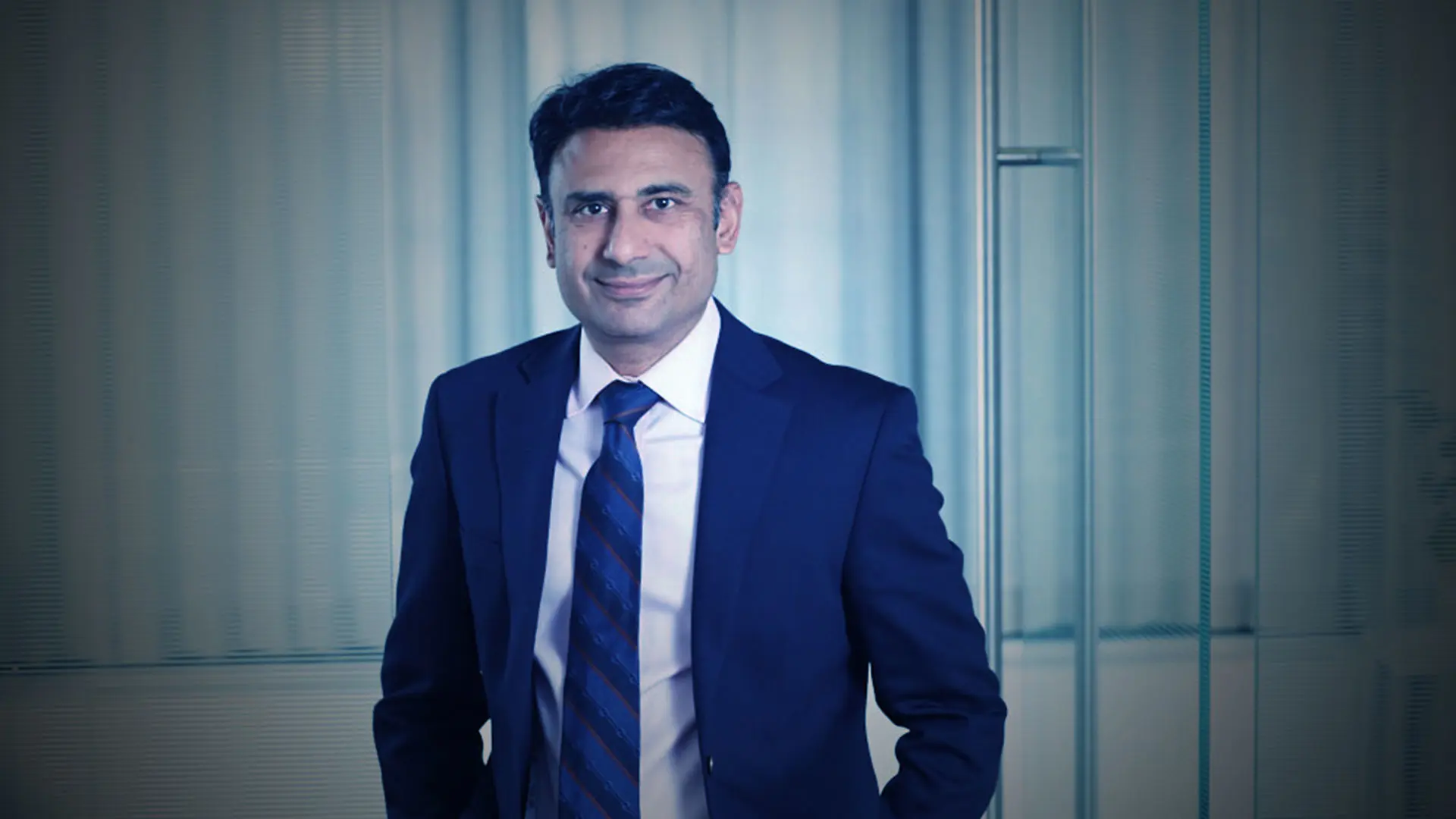By continuing to perfect the miniaturization of percutaneous nephrolithotomy (PCNL), surgeons at the Mount Sinai Department of Urology are significantly improving outcomes for patients with larger kidney stones. As one of a handful of centers in the country to routinely perform totally tubeless standard PCNL, mini-PCNL, and ultra-mini PCNL, Mount Sinai is eliminating the surgical need for stents—which have proven troublesome for patients—without compromising safety or efficiency. At the same time, patients are discharged after surgery with a non-steroidal anti-inflammatory (NSAID) agent in lieu of opioids or narcotics.
“The reaction of our patients has been fantastic,” says Mantu Gupta, MD, Site Chair of Urology at Mount Sinai West and Mount Sinai Morningside, and a pioneer of PCNL surgery. “Being able to send them home the same day without any uncomfortable stents or nephrostomy tubes makes for very satisfied patients. In addition, our novel approach has not increased the risk of serious surgical complications while significantly decreasing morbidity, which we are now confirming through a major randomized control trial. Patients with even gigantic kidney stones are excited to be going home the same day without any stone, tube, stent, catheter, or stitch.”
Dr. Gupta, who is also Professor of Urology at the Icahn School of Medicine at Mount Sinai, has spent the past decade fine-tuning totally tubeless PCNL and, along with colleague William Atallah, MD, MPH, Assistant Professor of Urology, has performed more than 200 of the procedures. Initially offered to patients with kidney stones up to 1.5 centimeters in size, mini- and ultra-mini PCNL can now accommodate 2-centimeter stones thanks to the growing experience and proficiency levels of the surgeons.

Mantu Gupta, MD, Site Chair of Urology at Mount Sinai West and Mount Sinai Morningside, a pioneer of PCNL surgery
Miniaturization of PCNL involves smaller incisions than standard or modified PCNL—typically a tract size between 16 French and 18 French, or approximately four millimeters. Commensurately smaller sheaths and instruments inserted into the kidney are also an integral part of the surgery to break up stones, then pull or suction them out.
“While the incision is very small, we’re able to remove stones that are five to six times that size,” says Alan Yaghoubian, MD, who began performing totally tubeless PCNL as a fellow at Mount Sinai and under the tutelage of Dr. Gupta. “We use different size sheaths depending on size of the incision, and that also dictates the size camera and jackhammer we insert.”
The alternative for treating stones that are too large, numerous, or dense is ureteroscopy with laser, but that standard technique can create stone fragments that are impossible to remove without multiple trips through the ureter, requiring patients to be discharged with stents to help eliminate that residue. Moreover, fragments that are left behind can be a breeding ground for other stones to grow and trigger another episode within three to five years.
Miniaturized PCNL offers a critical advantage for both patients and surgeons. “We’re able to efficiently vortex out through the sheathing all the fragments, allowing patients to be discharged the same day with no stents, tubing, and, most importantly, no stone fragments,” says Dr. Yaghoubian. “And because the incision is so small, we’re able to dispense with stitches and close it with a tiny bit of gel and advise the patient to take NSAIDs for any pain they experience afterward.” Elimination of the stent also obviates the need for an additional office visit by the patient for its removal.
Mount Sinai has set out to demonstrate the significant benefits of totally tubeless PCNL through two studies its urology team has launched. The first is comparing the safety and outcomes of PCNL procedures in patients with and without the use of stents. The second study is designed to show how well patients tolerate NSAIDs instead of opioids and narcotics following PCNL procedures.
“As urologists, we need to constantly rethink how and why we do things, the goal being to provide a better and safer experience for patients,” says Dr. Gupta. “We believe two important ways we can achieve that are by minimizing the number of tubes we put in our patients, and by eliminating the post-surgical use of narcotics and opioids. We’re optimistic the clinical studies we’ve started will provide convincing evidence for the entire field to consider.”
